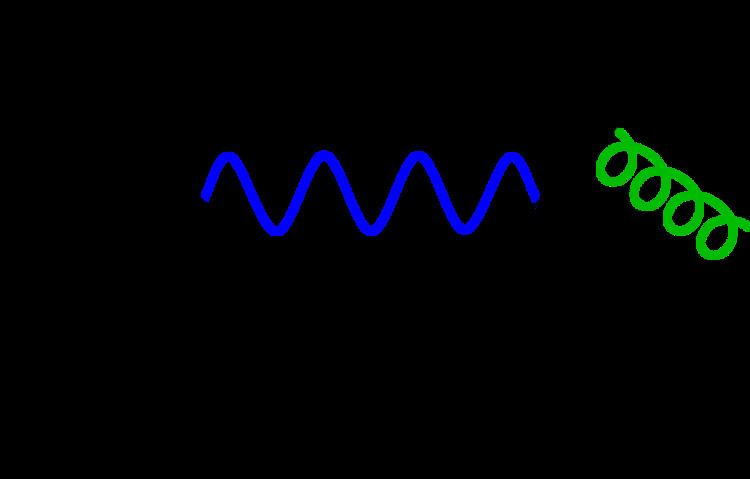 | ||
In quantum field theory, the partition function
Contents
where
The partition function in quantum field theory is a special case of the mathematical partition function, and is related to the statistical partition function in statistical mechanics. The primary difference is that the countable collection of random variables seen in the definition of such simpler partition functions has been replaced by an uncountable set, thus necessitating the use of functional integrals over a field
Uses
The n-point correlation functions
where the left-hand side is the time-ordered product used to calculate S-matrix elements. The
The generating functional
From the definition (in a 4D context)
it can be seen using functional derivatives that the n-point correlation functions
Connection with statistical mechanics
The generating functional is the quantum field theory analog of the partition function in statistical mechanics: it tells us everything we could possibly want to know about a system. The generating functional is the holy grail of any particular field theory: if you have an exact closed-form expression for
Unlike the partition function in statistical mechanics, the partition function in quantum field theory contains an extra factor of i in front of the action, making the integrand complex, not real. This i points to a deep connection between quantum field theory and the statistical theory of fields. This connection can be seen by Wick rotating the integrand in the exponential of the path integral. The i arises from the fact that the partition function in QFT calculates quantum-mechanical probability amplitudes between states, which take on values in a complex projective space (complex Hilbert space, but the emphasis is placed on the word projective, because the probability amplitudes are still normalized to one). The fields in statistical mechanics are random variables that are real-valued as opposed to operators on a Hilbert space.
